Language
You can read the magazine in one of the following languages
Geolocation
You can read the global content or the content from your region

Gone are the days when luxury simply meant a flash watch or an expensive handbag. These days, luxury looks vastly different, more often than not embodying convenience, functionality and sustainability.
In recent years, high-end brands that have failed to recognize this shift have fallen by the wayside. But that has certainly not been the case for luxury car manufacturer Mercedes-Benz.
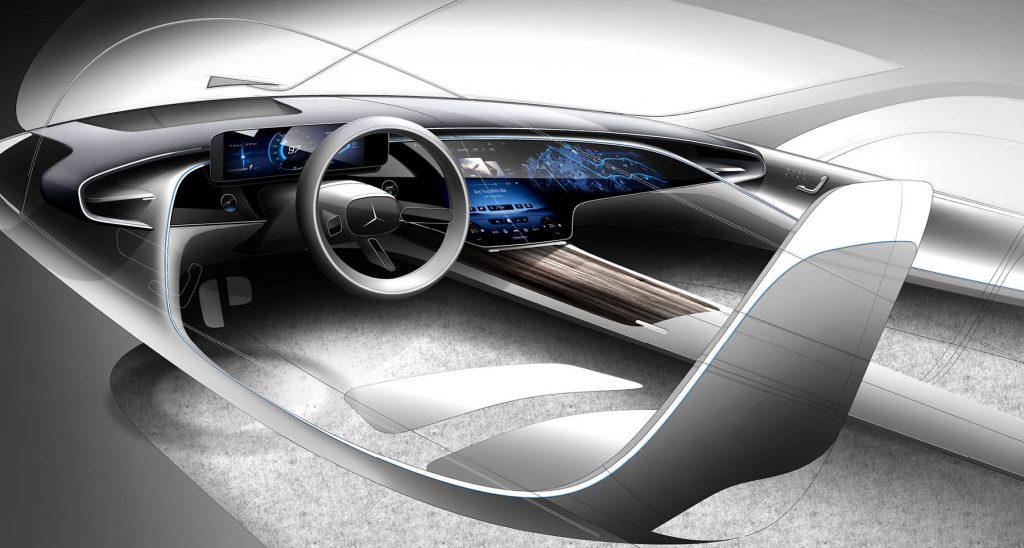
“I am an engineer at heart so coming back to the car industry, and in particular coming back to Mercedes, was something I couldn’t resist.”
From a distinguished start in 1886 when Carl Benz filed the patent for the world’s first motor car, Mercedes-Benz has long understood the importance of innovation. This cognizance continues to this day, with its IT direction being expertly guided by its CIO, Jan Brecht.
“We are now crystal clear, more than ever before, on our number-one strategic goal, which is to build the most desirable cars,” he tells The CEO Magazine.

“We absolutely do have that heritage of luxury, but we also have that heritage of pioneering spirit. We believe that these combined allows us to achieve the most desirable cars.”
Brecht took on the CIO role in 2015, when he returned to Mercedes-Benz, his first ever employer, after a seven-year stint at sports clothing and footwear giant adidas. “I am an engineer at heart so coming back to the car industry, and in particular to Mercedes-Benz, was an opportunity I couldn’t resist,” he says.
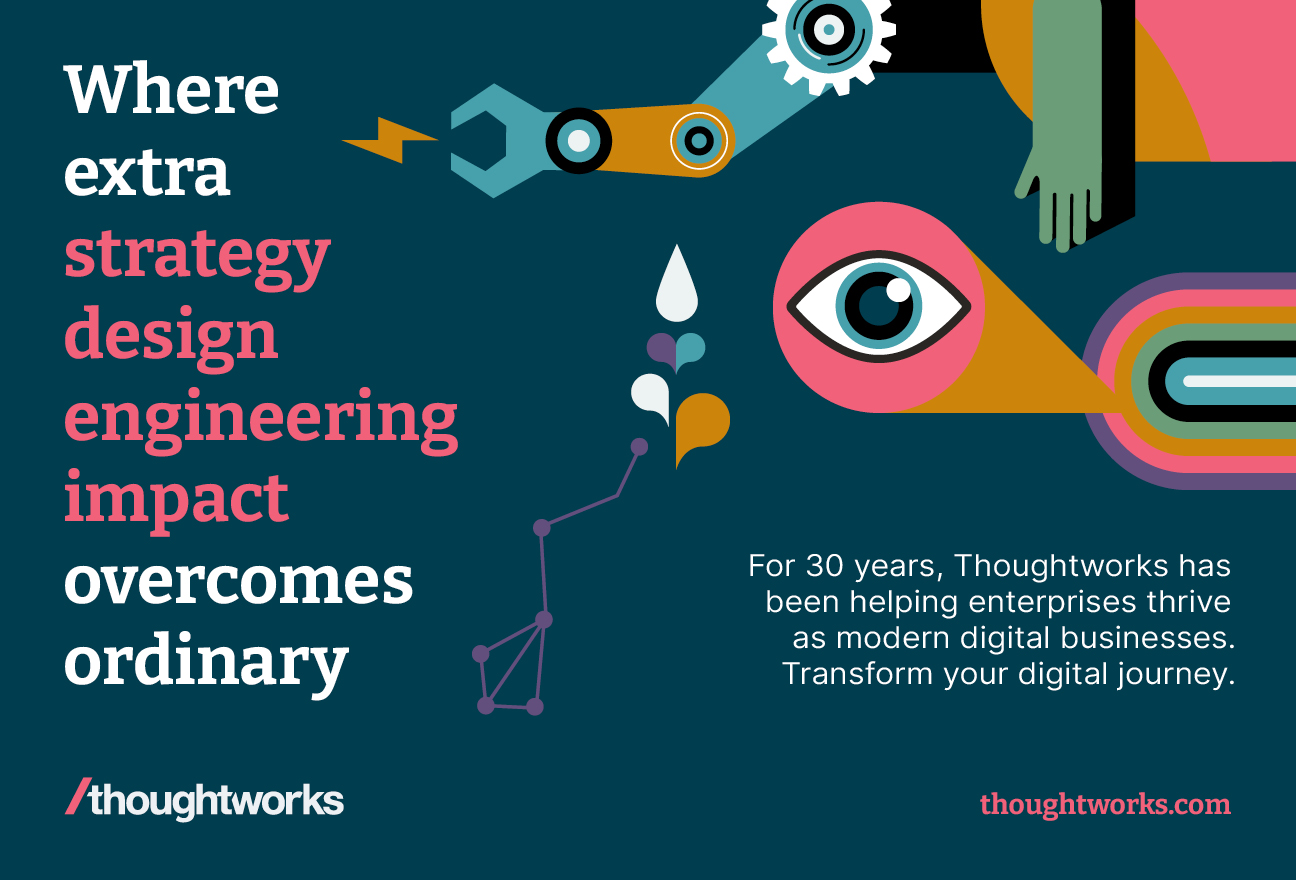
However, the company and the industry he returned to was very different to the one he’d left. Although Mercedes-Benz started its electrification journey more than 100 years prior, recent growing demand for electric vehicles (EVs) had seen its decarbonization efforts take center stage.
In 2019, Mercedes-Benz unveiled its Ambition 2039 strategy, which pledged that its entire new car fleet would be net carbon-neutral over the vehicles’ entire life cycle by 2039. “And we have added our ‘electric only’ approach, which says that by the end of this decade, in 2030, we’ll be all-electric wherever market conditions allow,” Brecht says, referring to the availability of charging infrastructure.
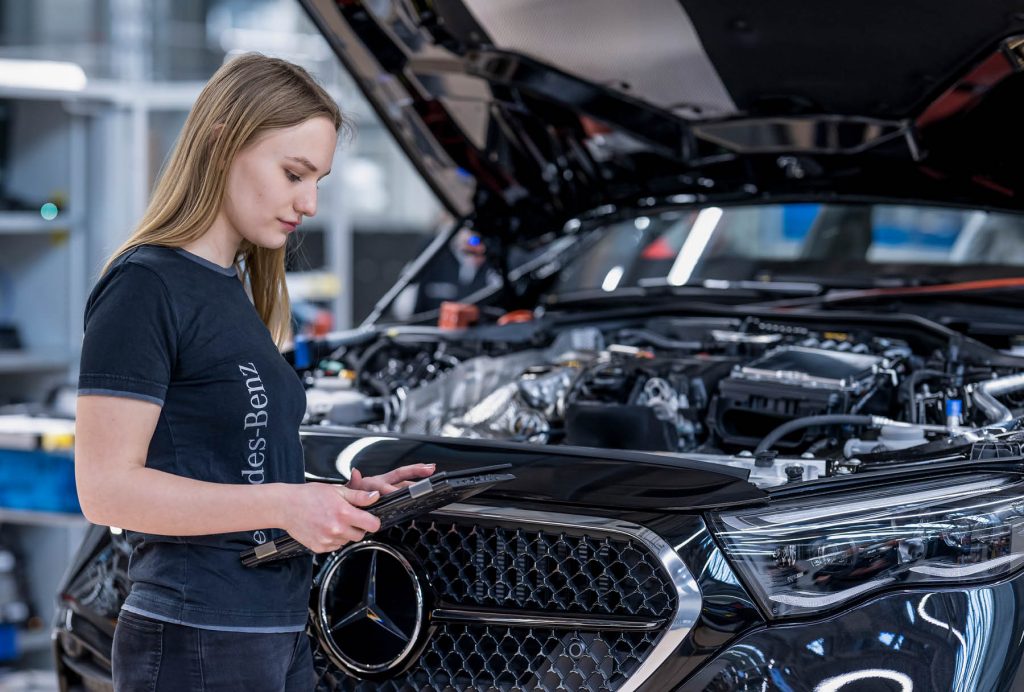
Meanwhile, his main focus since returning has been on software and digitization, specifically at what it takes to transform the business. Combining these with a strong emphasis on luxury delivered the key ingredients for the company’s ‘strategic recipe’.
“Obviously, digital is at the heart of our enterprise transformation,” he says. “There are a few ‘game changers’ that we think will fundamentally change the way we run our business,” he says.
The first of those four game changers is its omnichannel approach. “Omnichannel means we offer a luxury experience in the interaction at any touchpoint we have with the customer,” Brecht expands.
Central to this is Mercedes-Benz’ shift to a direct sales model, giving it more direct access to its customers.
Physical showrooms will continue to exist under the new arrangement, but as Mercedes-Benz agents, designed to let prospective buyers experience its vehicles.
“With that, we can better look after the core of our brand, we can define the pricing and have valuable insights through customer data. We paraphrase that ambition as ‘five clicks to buy, three clicks to finance’,” he explains.
“In order to get to ‘five clicks to buy, three clicks to finance’, you need to transform the entire business model to get to a streamlined approach that allows that.”
The second game changer is the company’s investment in the ‘world of digital twins’ – that is, digital representations of its vehicles and factories. “We need to get even faster in the engineering cycles for our vehicles so we should do as much as possible digitally before we build the first vehicle prototype,” Brecht says.
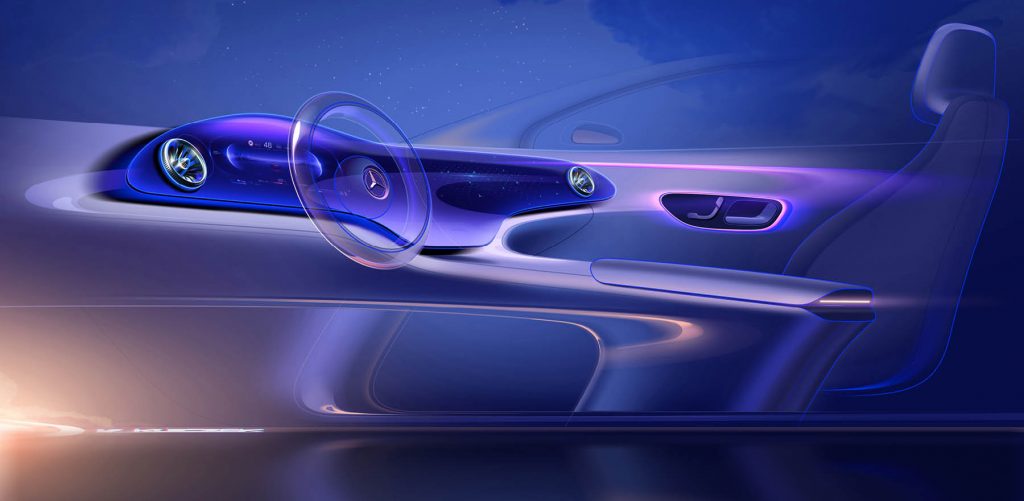
Ultimately, the ambition is to auto-configure factories around these digital representations, and the first physical car built will be the one used for certification – although he does admit this is some way off.
The Mercedes-Benz operating system is the third game changer, and refers to the software within the cars and how to drive recurring revenue through constant over-the-air updates. The fourth game changer is customer operations, with Brecht underlining the company’s intention to become much more resilient in this regard.
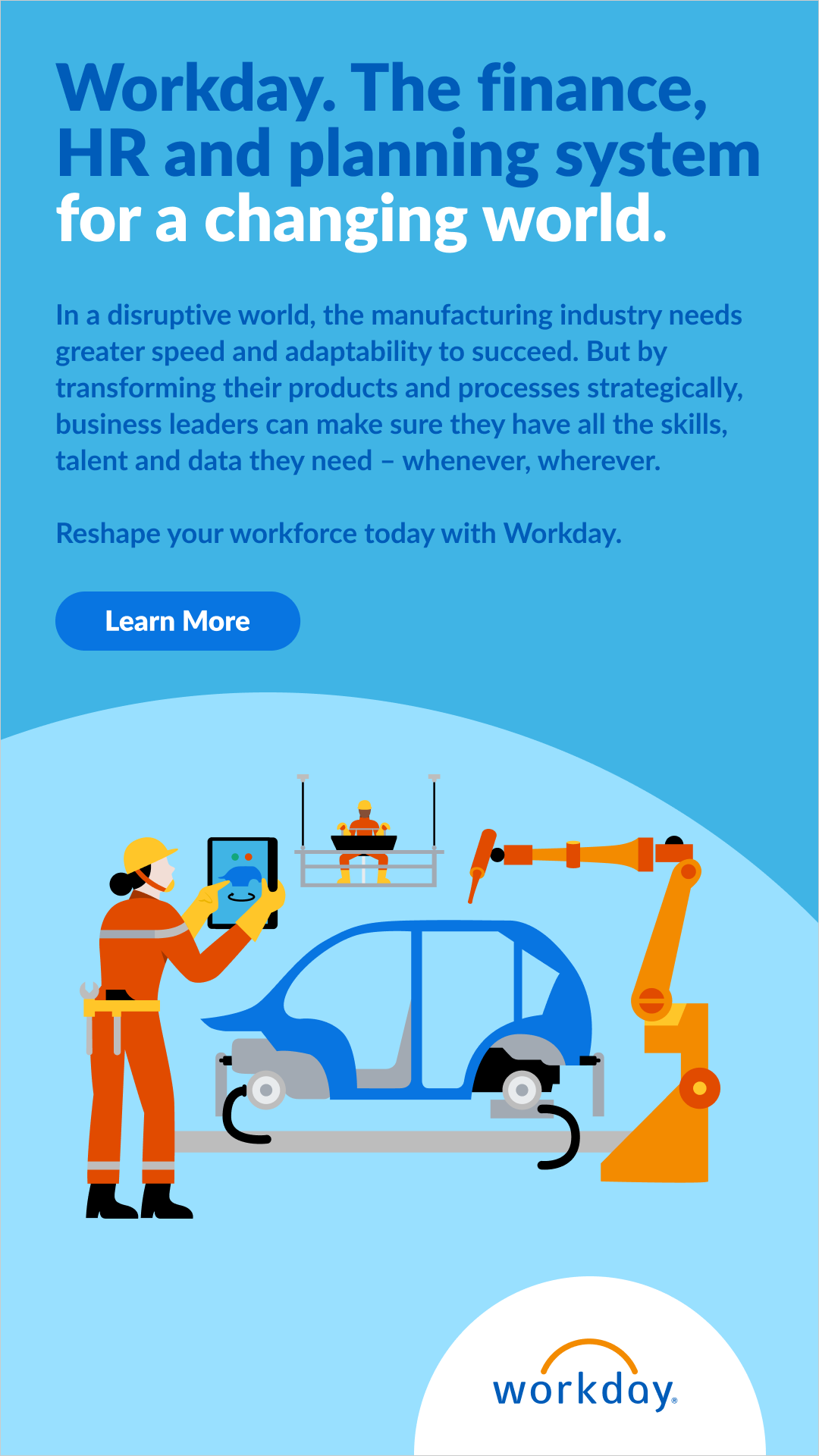
“We’ve learned the hard way, as have all car manufacturers during the worldwide shortage of semiconductors, that supply chains are vulnerable and will stay vulnerable for the foreseeable future,” Brecht reflects. Even as the semiconductor situation improves, he says disruptions to the supply chain are likely to continue.
“So with customer operations, we will make sure we know rather early what a customer will buy and will configure accordingly – we call it sensing. That’s a huge data-crunching exercise, but we get to a very high level of precision,” he explains.
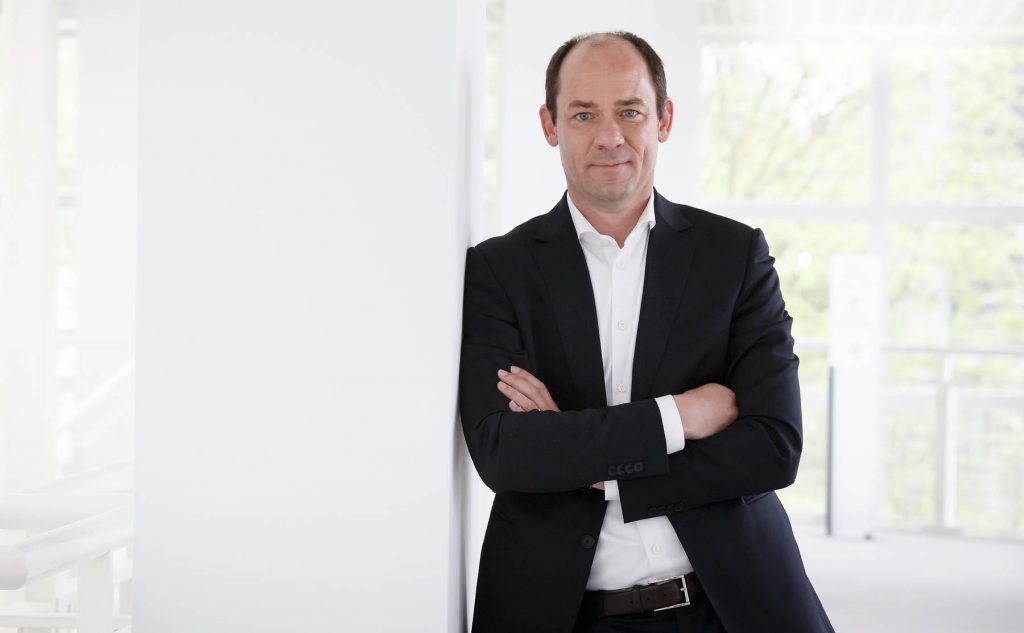
“We can predict customer orders at least 12 months earlier, which gives us more stability and more resilience in the supply chain, which leads to getting the right car at the right point in time to the right customer.”
‘With that, we can predict customer orders at least 12 months earlier, which gives us more stability and more resilience in the supply chain, which leads to getting the right car at the right point in time to the right customer.”
Brecht is confident these four game-changers will transform the entire enterprise and, in the process, create a strong, faster and better company.
While technological hurdles can usually be overcome, more challenging is the cultural aspect of such a transformation. “We need to take around 170,000 people along, some of whom still come from a traditionally more hardware-driven world, as we further move into this software and data-driven world,” Brecht says.
Mercedes-Benz is investing around US$1.4 billion into upskilling its entire workforce by 2023 in Germany alone. Further to this, a data culture is required in addition to new skills and he reports that significant progress has already been made in lifting the digital competency of the entire company.
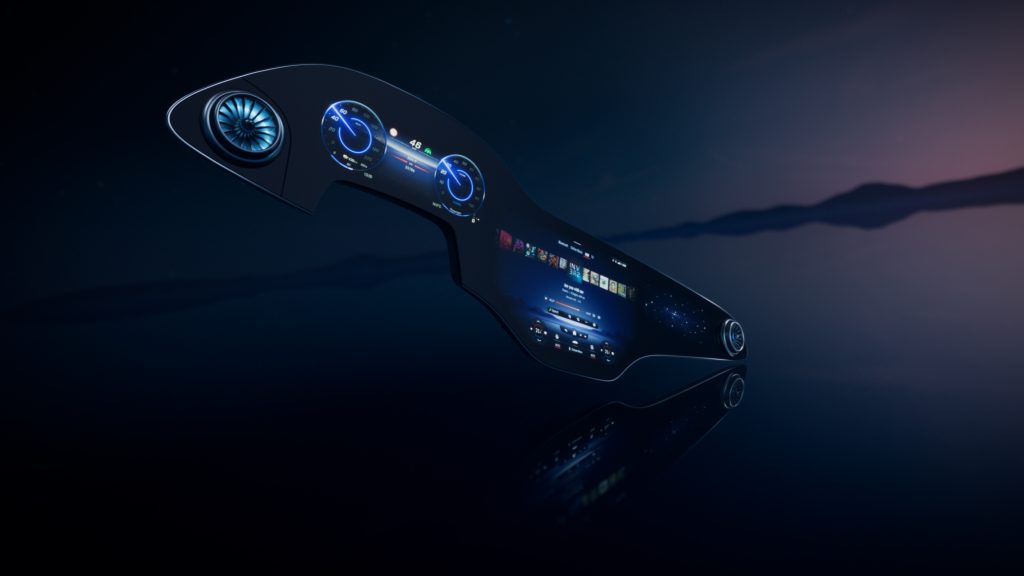
“What we do, not just as an organization but also in terms of process and data modeling, is we look much more into end-to-end processes and data streams than we did before.”
The company partnered with some of the leading global e-learning platforms such as Udemy and LinkedIn Learning, matching certain courses to the various learning paths defined. “With our approach we have a clear target state and we have clear learning paths toward that target state,” he says.
Although Brecht is reluctant to use what he believes has become almost a ‘bubblegum word’ of resilience, he says the pandemic also helped Mercedes-Benz build up its perseverance in the face of challenges. But that doesn’t mean he wants to create a business that is 100 percent error-proof or failsafe, he’s quick to point out.
“There will be failures, there will be further external shocks, there will be disruptions in the supply chain,” he predicts. “Hopefully, there will not be a pandemic again any time soon, but we will see a lot of things we cannot control.”
Resilience works on three levels to help a business cope with such challenges, according to Brecht. Layer number one is organizational resilience, such as the implementation of a new decentralized way of working during the pandemic and a shift towards digital product-oriented organization.
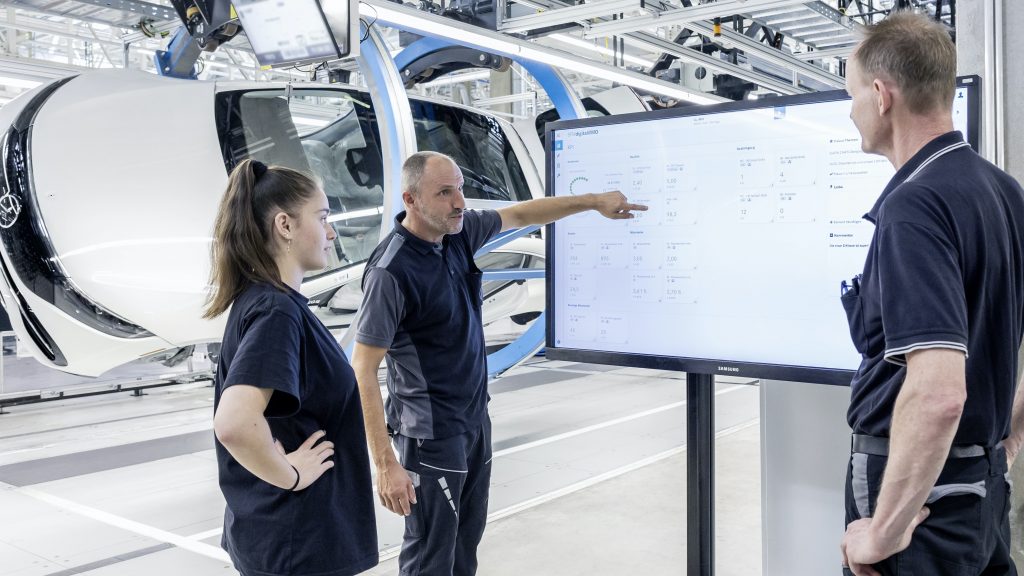
The second layer is around process and data and represents a shift away from the traditional Taylorist approach to car manufacturing, which Brecht describes as a “big chunk of work that you cut into small slices and then you have the slices executed”.
“It’s still a very good approach to build a car on an assembly line, but it’s clearly not a good approach to answer the digital question,” he explains.
Instead, end-to-end seamless data exchange is required. “What we do, not just as an organization but also in terms of process and data modeling, is we look much more into end-to-end processes and data streams than we did before,” he says. “So less silos, more end-to-end, which again adds to the resilience piece.”
Layer three is the technical layer – the core of what Brecht and his team is working on – which he defines as a “more modular architecture of the entire digital world”. A modular approach is beneficial in the event of a failure because you can work around the one small piece rather than tackling an entire monolithic system, which can bring companies grinding to a standstill.
Building this resilience at all three layers will keep Brecht and his team busy for the foreseeable future, he anticipates.
Maintaining Mercedes-Benz’ position at the cutting edge of innovation is a team effort, so while its ‘sovereign territory’ is the technology architecture for its vehicles and its enterprise, it partners with leading firms to work within that.
“We invite the best to build within that architecture, to fill an empty house with a living space,” Brecht says. “The privilege of being at Mercedes-Benz is that the brand is so well-known that you get the best partners on board.”
In terms of the supply chain, it’s important for the company to have transparency on traceability and knowing exactly where its components come from. In times of disruption, this becomes critical, Brecht explains. “Our supply chain is sometimes six, seven, or even eight tiers deep,” he says.
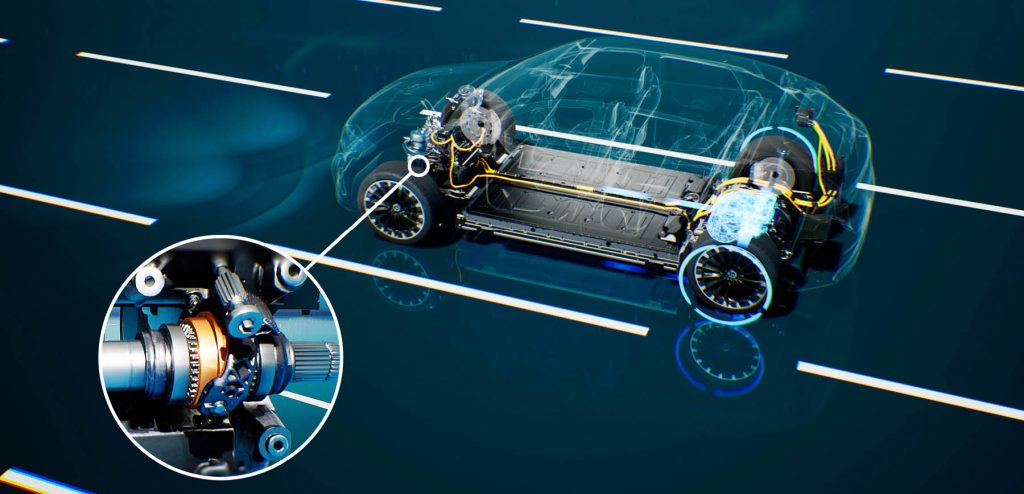
“Once you use software-as-a-service, the good news is that it’ll be kept fresh. It’s not your business anymore. You participate in the innovation that is funded by all the customers of that software and product.”
“So if we buy an integrated component, there might be six steps before that, down to the raw material. That means we can go down the chain and make sure we have visibility to potential disruptions much earlier than we would have if we were to work only with one tier.”
The carmaker’s ambition to uphold high standards right the way through led Mercedes-Benz to co-found industry network Catena-X in 2021 with other leading players in the automotive industry. A reincarnation of the Automotive Alliance, the European partner network enables the exchange of data across all participants of the automotive value chain.
“In essence, it’s a consortia of the automotive industry, predominantly European so far, but Catena-X is actively reaching out to non-European countries and organizations,” Brecht says.
By creating a single definition, which can be joined by other original equipment manufacturers or suppliers in whichever tier, Catena-X sets the standard of operational excellence and enables industry-wide traceability, particularly of the CO2 footprint and contributes to the observation of human rights.
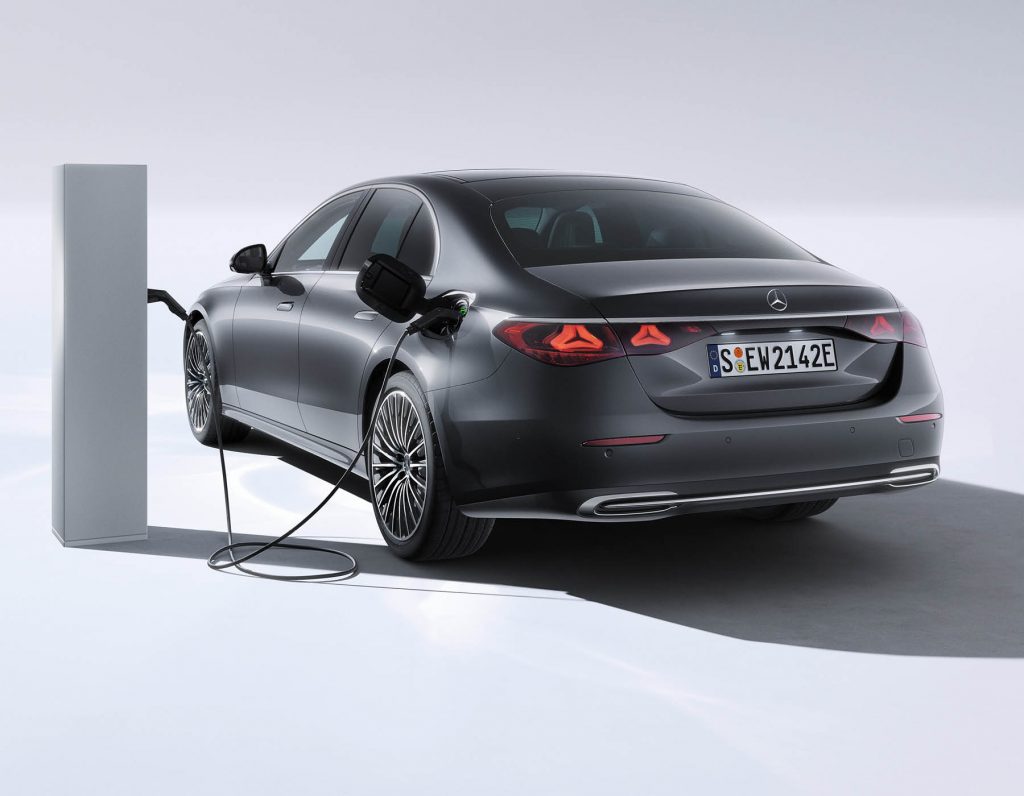
Partnerships are also key for Mercedes-Benz when it comes to innovation. A significant portion of the company infrastructure is run by a multinational IT company, with Brecht underscoring the importance of scaling beyond the size of a company in terms of infrastructure.
“Even though we are a rather sizeable company, infrastructure still goes bigger,” he says. “You see that with the hyperscale of the cloud offerings of the well-known companies; infrastructure really is about scale.”
With many software companies moving in the software-as-a-service (SaaS) direction, Mercedes-Benz can benefit from a new evergreen way of working, which means it no longer has to play catch up.
“In previous times, you had regulatory changes that needed to be fitted into the system, you had technology changes that need to be updated, you had to do security updates, you wanted to add new features and it was a constant battle to keep the system fresh,” Brecht explains.
“Once you use SaaS, the good news is that it’ll be kept fresh. You participate in the innovation that is funded by all the customers of that software and product.”
As good as that sounds, it still means that Mercedes-Benz has to adapt existing processes, turning the old paradigm of ‘systems follow processes’ on its head. In an SaaS world, process follows the system, he says.
“Again, this is not just a new technology, it’s a culture change. We partner with some of the best SaaS companies to get that evergreen approach that basically relieves us from investing our own resources into keeping something fresh.”
A further partnership with Microsoft will make the global production network of Mercedes-Benz more intelligent, sustainable and resilient by connecting its 30 passenger car plants worldwide to the Microsoft Cloud.
Not only does this new MO360 data platform enhance transparency and predictability across its digital production and supply chain, it essentially democratizes the use of its data and software with user-friendly drill-down menus and touch screens.
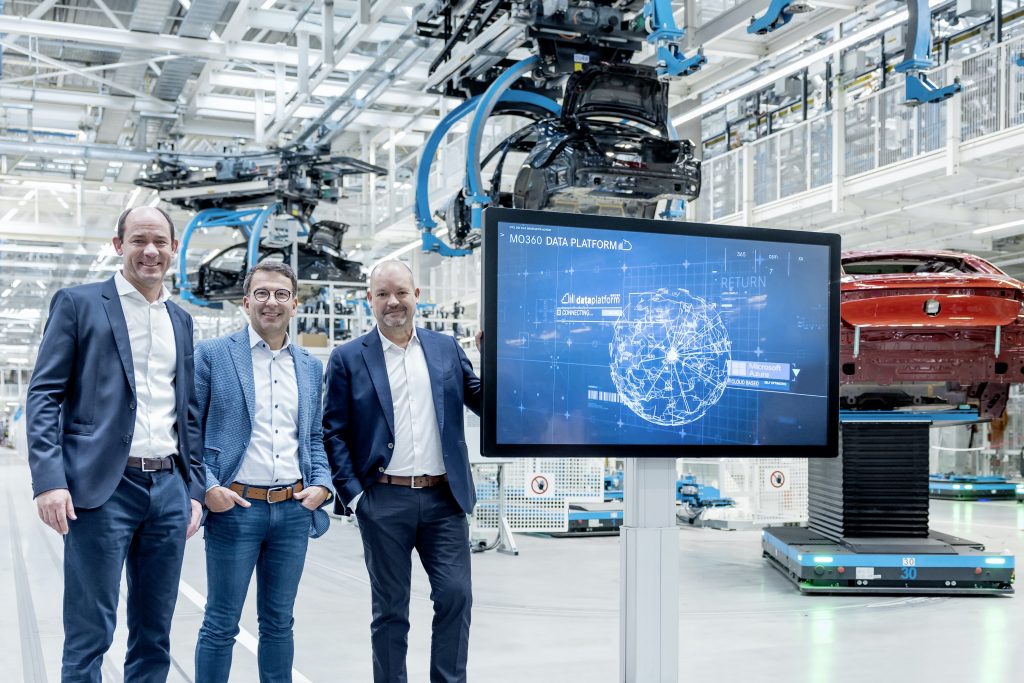
“We are in a very good position, given the strength of our brand, that we have a very good bunch of people in the company.”
“As we’re moving towards a 100 percent digital enterprise, data is becoming everyone’s business at Mercedes-Benz. Our colleagues on the shop floor have access to production and management-related real-time data. They’re able to make data-based decisions,” he says.
It is, after all, the company’s people that set it apart from the competition, even as the technological evolution gathers pace. “We’re in a very good position, given the strength of our brand, that we have a very good bunch of people in the company,” Brecht asserts.
“There’s something in this company that really makes people give their best, and I think that sets us apart from the competition.”
If Mercedes-Benz continues to train up its talent so they stay at the forefront of the increasingly digital world around them, all while attracting new talent with fresh perspectives, then Brecht believes the company will be on track to achieve its goals.
“If we get that done – the true transformation around the customer, a full focus on data and attracting and retaining the best team – then I think we can be even more successful than we’ve already been.”
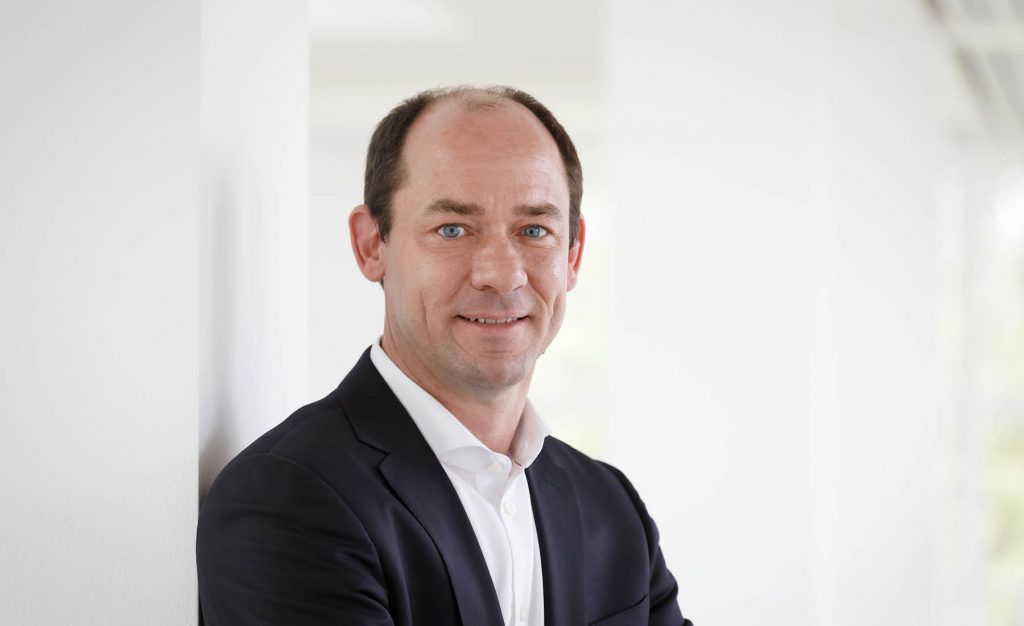
Catena-X is focusing on a number of pilot projects in its first phase, which sit within six areas of application: quality management, demand and capacity management, sustainability, traceability, circularity and master data services.
With networked data infrastructure behind them, these application areas are expected to boost productivity and improve sustainability along future value chains.
“The data network will create an important starting point for the industry to respond more efficiently to the challenges of digital transformation and to make better use of the opportunities offered by digitalization,” Mercedes-Benz said in a statement.
Future phases will look at applications supporting production and development.